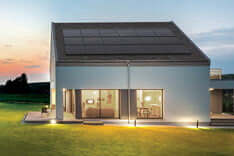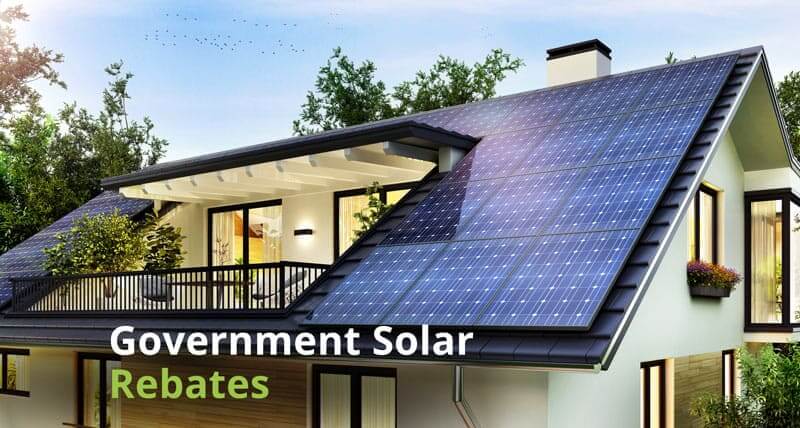Solar thermal power plants utilise the sun’s rays to produce electricity. These solar thermal systems use various techniques to transform the Sun’s power into practical energy and electricity.
One of the key components of solar thermal power plants is the possession of a thermal energy storage system. This system allows the facility to store heat, and use it to produce electricity even without constant contact with sunlight.
Quite similar to how fossil fuel power stations collect heat to generate electricity, solar thermal power plants use steam from the collected heat by the mirrors instead of combustion.
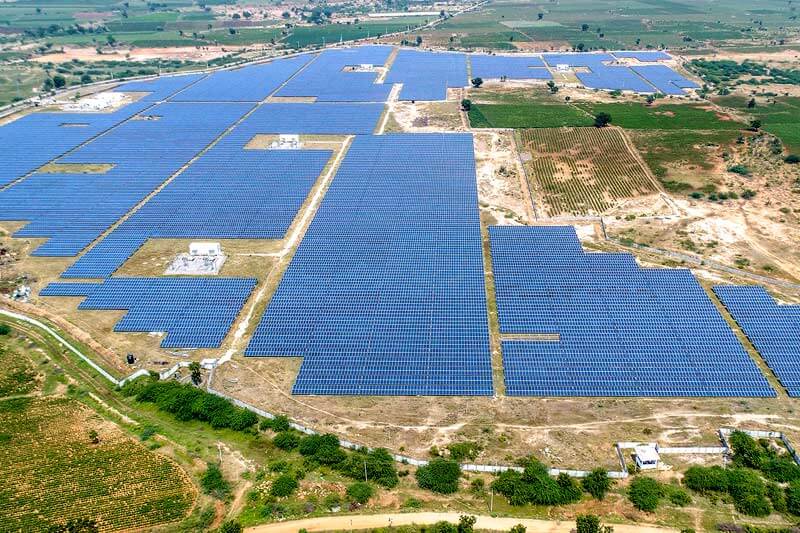
Table of Contents
ToggleHow does a solar thermal power plant work?
Solar thermal power plants are electricity generation systems that utilize energy from the Sun. They concentrate sunlight with the use of solar collectors, which they use to heat a fluid to a high temperature.
The fluid transfers its heat to water to produce steam. The steam is then converted into mechanical energy that turns the turbines in the power plant. The mechanical energy in a turbine powers the generator to ultimately produce electricity.
The solar collectors these systems use have two main components: reflectors (mirrors) and a receiver. The reflectors capture the sunlight and focus it onto the receiver where the steam is produced.
Solar collectors provide tracking systems to solar thermal power plants that help keep the Sun’s rays at one point onto the receiver despite the Sun changing positions throughout the day.
Additionally, the solar collectors also make sure that the appropriate high temperatures are achieved.
Another component a solar thermal power plant may have is a thermal energy storage system. This system allows solar collectors to store heat and produce electricity in the absence of sunlight.
Types of solar thermal power plants
The different types of solar power plants are characterized by their use of solar fields or parallel rows of solar collectors. There are three distinct types of solar thermal power plants:
Parabolic troughs
A parabolic trough collector is also known as a line focus collector. It uses a long parabolic-shaped reflector to collect the Sun’s radiation and focuses the sunlight on a receiver pipe that runs down the trough.
Because of its parabolic shape, a reflector is able to focus the sun from 30 to 100 times its normal intensity. A single-axis Solar tracking system may also be used to allow the reflectors to pivot as the Sun moves from east to west during the day.
This tracking system is utilized to make sure that there is always maximum solar energy focused on the receiver pipe, which can reach operating temperatures higher than 400°C or 750°F.
To generate electricity, the method includes heating a special type of fluid to produce superheated steam – steam that spins the turbine to power a generator that makes electricity.
Parabolic troughs are the most common type of solar thermal power plant. It is used in one of the world’s longest solar thermal power facilities.
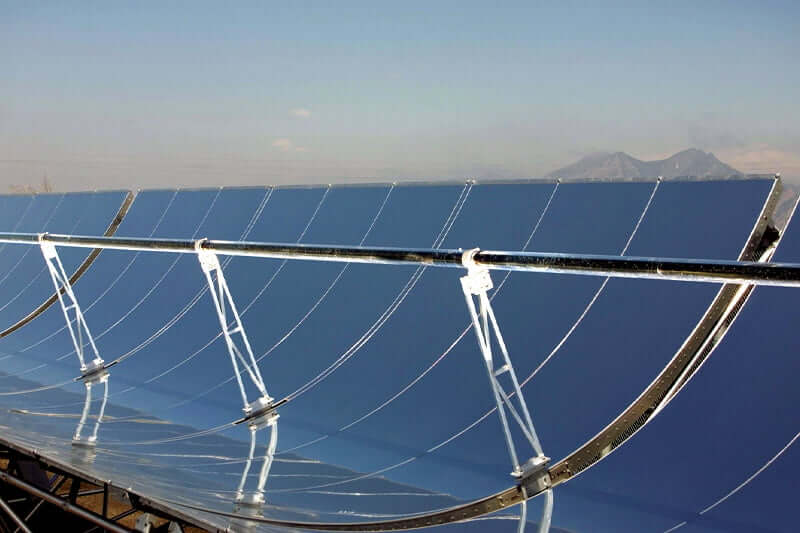
Solar towers
Solar power tower systems are another type of solar thermal system. These solar towers serve as a central receivers for solar energy. They rely on these flat, sun-tracking mirrors, which are called heliostats.
Heliostats reflect and concentrate the sun’s radiation up to 1,500 times onto a central receiver tower. The tower, like parabolic troughs, uses heat-transfer fluid or water to produce steam after being heated.
The steam will be converted to mechanical energy that spins the turbine to generate electricity. A solar tower may also use a thermal energy storage system to allow electricity generation during nighttime or cloudy weather.
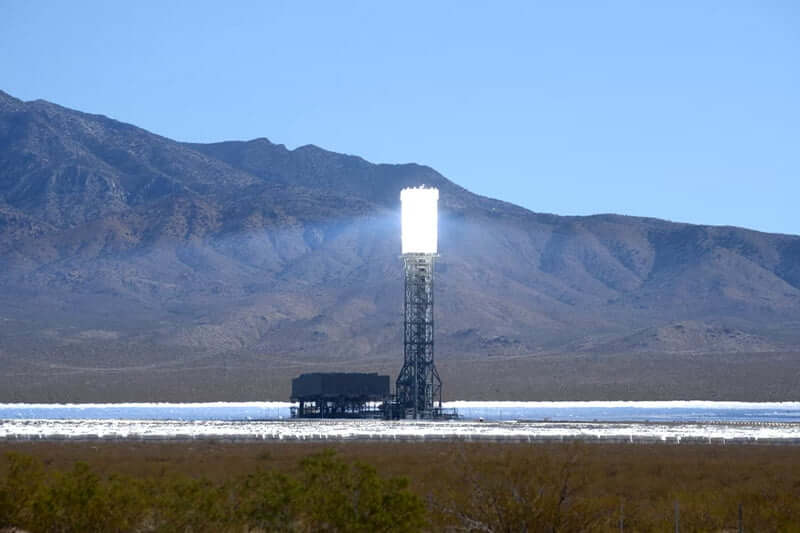
Solar dish
Solar dish/engine systems are smaller producers compared to parabolic troughs and power towers. Instead of heliostats, they rely on a mosaic of smaller flat mirrors that form into a dish shape.
The dish-shape surface is always pointed straight at the sun to concentrate the solar energy onto the thermal receiver at the dish’s focal point. It is able to concentrate energy by up to 2,000 times.
The heat is then absorbed by the thermal receiver and transferred to an engine generator. The Stirling engine is the most common type of heat engine used in solar dish/engine systems.
With this engine, electricity is generated because of the heated fluid that allows the movement of pistons and the creation of mechanical power. This mechanical power is what runs to the generator to make electricity.
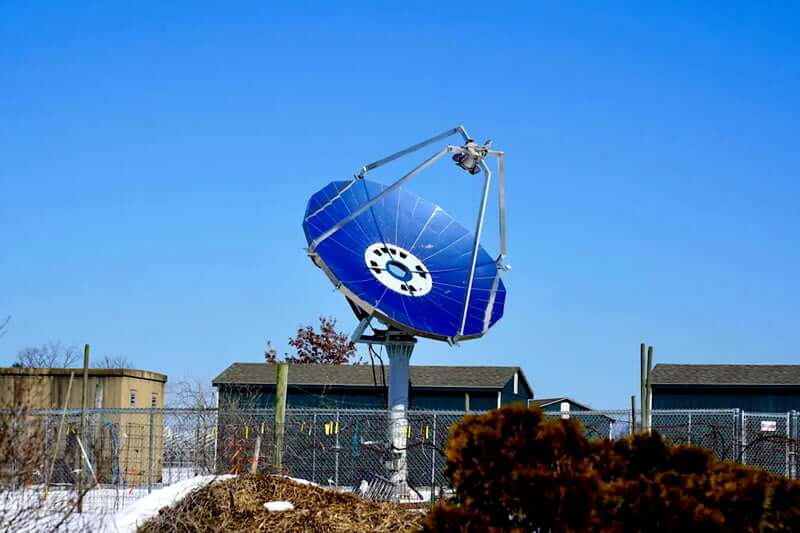
Solar thermal power plant advantages
Solar thermal power plants have advantages that can be comparable to the benefits of solar energy. Here are reasons that make solar thermal a good energy source:
- It’s a renewable source of energy. The sun can literally be seen everywhere and can therefore be harnessed in all areas of the world. Unlike other sources of energy, the earth cannot run out of solar energy.
- No carbon emissions. These power plants produce almost no pollutants and other harmful gasses. They don’t give off toxic chemicals because they are only completely powered by solar radiation. Solar thermal energy is a great alternative to traditional energy sources. With the use of solar thermal technologies, it will definitely help reduce carbon footprint.
- It can operate 24/7. With energy storage systems, a solar thermal power plant is able to operate 24 hours a day. Although they are also weather-dependent, this storage allows electricity generation even at night.
- It’s low-maintenance. These power plants usually involve simpler technology that allows the system to operate alone for long periods of time. In terms of operation and maintenance, these power plants are efficient.
Solar thermal power plant disadvantages
While a solar thermal power plant has its advantages, it also has its drawbacks as an energy source:
- It has an expensive initial investment. A solar power plant requires a high cost for its capital and maintenance. Despite the use of simple technology, the startup cost makes it less competitive against cheaper natural gas.
- It requires large amounts of water. There is an issue of thermodynamic fluid, like water, because solar thermal power plants only get to function with massive amounts, especially for large-scale electricity generation. Water availability becomes a problem, especially where solar thermal power plants are located in desert areas. A large amount of water is also needed for cooling the engine down.
- It demands large spaces. Solar thermal power plants are mostly located in secluded areas. They require large spaces for installation, particularly those areas that receive high amounts of radiation. This is why solar thermal facilities are not built-in commercial or residential areas.
- It can disrupt wildlife. The countless mirrors used by solar thermal power plants have adverse effects on the wildlife of the desert wherein they are stationed. Expansions of power plants are also one of the great contributors to deforestation.
World’s largest solar thermal power plant
The world’s largest solar thermal power plant sits on 3,500 acres (1,400 ha) of California’s Mojave Desert called the Ivanpah Solar Thermal Plant.
Located at the base of Clark Mountain in California, the power plant has been commercially operating since 2014. It delivers power to PG&E (Pacific Gas and Electric Company) and Southern California Edison.
The Ivanpah system relies on 173,500 heliostats, each with its own centralized solar power towers that are 459 ft. (139.9 m) tall. It has a gross capacity of 392 MW.
It was estimated that the Ivanpah facility would provide 1,000 jobs on construction (mostly from Last Vegas), and 86 permanent jobs, with a total of $3 billion of economic benefits.
The Ivanpah Solar Thermal Plant has won awards like the “Plant of the Year Award” from Power Magazine and the “CSP (Concentrating Solar Power) Project of the Year” by Solar Power Generation USA.
Solar thermal power plants around the world
Besides the largest solar thermal power plants located in the US, there are many other solar thermal power plants from all over the world that specifically uses concentrated solar power:
1. Ouarzazate solar power station
Also known as Noor Power Station, Ouarzazate Solar Power Station (OSPS) is located in Morocco. It covers an area of 6,178 acres (2,500 ha).
The power plant is divided into three phases and four parts. Each phase started in 2017, 2018, and 2019 respectively.
The power plants also have a solar storage system that includes heated molten salt which allows electricity generation even without the solar radiation.
2. Mojave solar project
Located in the Mojave Desert in California, the Mojave Solar Project is a concentrated solar power (CSP) facility that has a capacity of 250 MW.
It is composed of two independent solar fields which started operating commercially in December 2014.
3. Genesis solar energy project
Another power plant located in the Mojave Desert is the Genesis Solar Energy Project. It is a concentrated solar power station, and it covers an area of 1,920 acres (780 ha).
Genesis utilizes two solar troughs technology that have a gross capacity of 125 MW. It started its operation in 2013 and 2014 respectively, and became one of the world’s largest solar plants.
4. Cerro dominador solar thermal plant
With a capacity of 210 MW, this concentrated solar power plant is located in Chile, specifically in the commune of Maria Elena in the Antofagasta Region.
5. Puertollano solar thermal plant
The Puertollano Solar Thermal Power Plant is located in the Province of Ciudad Real, Spain. Using a parabolic trough, the power plant has a gross capacity of 50 MW). It began operating in 2013.
6. Kathu solar park
Located near Kathu in the Northern Cape province of South Africa, Kathu Solar Park is a concentrated solar power (CSP) thermal energy power plant that has a capacity of 100 MW.
It sits on an area of approximately 1,977 acres (800 ha), and started operating commercially in January 2019. The plant provides electricity for approximately 179,000 households in South Africa.
7. Shams solar power station
Shams Solar Power Station is a concentrating solar power (CSP) station in the United Arab Emirates, near Abu Dhabi. Like most solar thermal power plants, this facility also uses a parabolic trough.
In fact, this is where the largest parabolic trough power station in the world exists. It has a capacity of 100 MW, and became operational in March 2013.
8. Ashalim power station
Located in Israel, Ashalim Power Station is a solar power station with three different technologies including solar thermal energy, photovoltaic energy, and natural gas.
The power plant has a capacity of 121 MW using a parabolic trough with 4.5 hours of thermal energy storage. It also utilizes a solar power tower that is enough to power 120,000 homes.
Ashalim started operating commercially in September 2019. It was the tallest solar power tower in the world before it was surpassed by another solar power tower located in Dubai.
The future of solar thermal power plants
Technology in the solar power industry is continuously making advancements and improvements to make power plants more efficient than ever in terms of operation and maintenance.
In addition, the effectiveness of solar panels may also be increased because of innovations in quantum physics and nanotechnology. Consequently, this will also increase the electrical input of the solar power systems.
With the environmental challenges the world is facing today, it is imperative to opt for a more eco-friendly and sustainable solution for society’s electrical needs to be met.
Despite the disadvantages of solar thermal power plants, recent developments of these systems are being made to make them more affordable and more friendly to the environment.
It is a common opinion that solar thermal power technology is the perfect alternative to fossil fuel power since it relies on a renewable source of energy with zero to little carbon emissions.
It has also been estimated that solar thermal technology will be able to sufficiently provide global electricity demand. Not only because the sun will live up to 5 billion years, but because of the developments of the technology itself.
The future of solar thermal power plants shows signs of success as more corporations are introducing policies and mechanisms that encourage the use of solar power plants for operation.
With this, humanity will be able to lower carbon emissions without having to compromise the production of energy.
Table of Contents
Toggle
